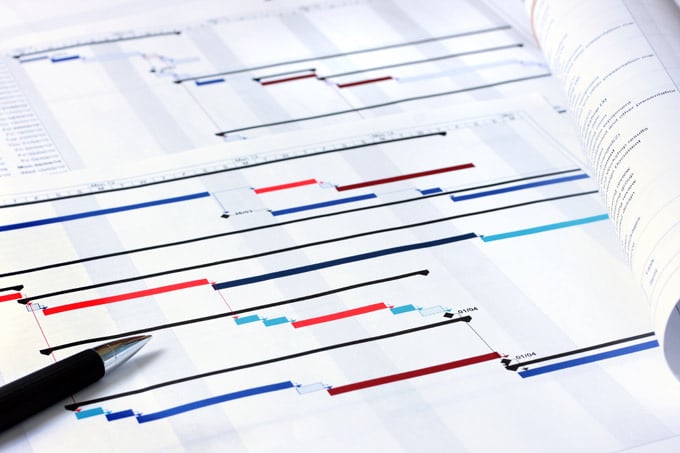
The point of this article is to educate others on our opinions of what a design phase includes and why it is an important piece for any project.
Over the years, we like many other young companies, have had some great projects come through our door. With the good come the not so ideal projects we’ve said yes to, which unfortunately as a younger company the strong need to build a name/portfolio and generate revenue is a foundation to take risks with these sorts of projects. Most companies highlight past successes and very rarely mention past mistakes. At our firm, our core belief is mistakes are lessons and opportunities to improve our process. One such mistake we have made in the past is our lack of implementation of a proper design phase on rushed or low budget projects.
What we have learned is that every project needs a full cycled design phase. Where we made the mistake was not being able to convince the client of the importance of the design phase. Budget was the main motivation behind the decision, which leads the project down a road of bumps and delays. In the end the projects are completed successfully, but it isn’t very pretty getting them to the finish line.
What Does The Design Phase Cover?
During our design phase, one of the main areas we try to focus on first is with the business value of the project. We call this “Business Logic.” Many times clients come to us with a concept of what they would like to build such as a user interface for apps or data sets they want to visualize. What’s usually left out is a clear answer to the following question: How will this improve my overall value as a company? The business side of any project is extremely important to fully understand because that is the foundation as to if the final product is a success or not. Most importantly it serves a success metric for the vendor who is working on the project.
What happens next is then identifying the user interaction process needed with the final product. This usually falls under the business process in relation to the final product. Application UI design depends heavily on understanding the efficient process needed for the user to complete tasks (user interface flow). This also applies with visualization projects, understanding how the intended demographic will engage with the infographic or interactive visualization is critical for a product to be effective.
From there, the focus is project planning and building a visual guide. These two go in tandem because while we are identifying key design elements and building a style guide, we are thinking about client branding, project schedules, deadlines, technologies needed, and any other limitations of the project. This part of the design phase is essential for outlining a VISION for the product, with input from all key players and assigning specific tasks for the duration of the project.
In a nutshell the Design Phase is not just design, and it is not just planning. It is the architectural blueprint of the entire project and final deliverable. Without it more time is spent on experimental execution and realizing specific items were not accounted for and need to be addressed. This causes delays and more capital investment that neither client nor vendor want to go through.
So How Do We Stop the Madness?
Being consultants, our number one job is to educate the client on our solution and the value of our solution. In order to justify a proper design phase, we must show not only our past successes but also the effects of a lack of a design phase on past engagements. The fact is, the design is the face of any project and doesn’t get enough respect to justify its value. In the end the strongest argument we can make is the brain cannot interact on its own effectively without an engaging face for people to look at/interact with.
Conclusion
If you are a vendor, encourage your clients to work with you on a proper design phase that goes through every detail possible. As a client, work with your vendors to really give them an understanding as to what, why, how, and when.
- What: what the end product is, the business value it will deliver, and the metric of success.
- Why: why the project is needed.
- How: how the product is going to integrate with current business processes.
- When: when the expected ROI will occur. Identifying and hitting your metrics.
Budgeting for a proper design phase will be hugely beneficial in the end. Based on our experience, the project will complete within budget and on time. Most importantly the quality of product is higher than projects that don’t undergo a full design phase.
